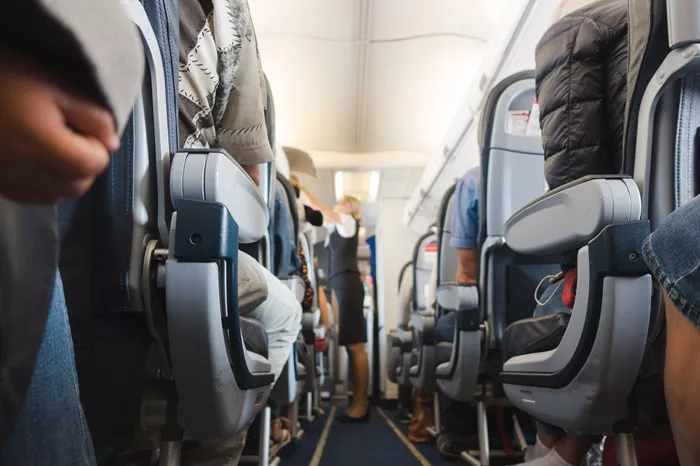Passenger behavior is shifting in the wake of last week’s fatal Air India crash at Ahmedabad Airport, with more travelers requesting emergency exit row seats following the survival of a single passenger.
Vishwash Kumar Ramesh, 40, was the sole survivor of the crash, which killed more than 260 people. He had been seated in 11A, a seat located next to an emergency exit. His brother, Ajaykumar Ramesh, was also in the exit row—seat 11J—but did not survive.
While there is no conclusive evidence that exit row seats offer a higher chance of survival in a crash, the location of Ramesh’s seat has sparked new interest among fliers hoping to improve their odds in the unlikely event of an accident.
Travel agent Sourabh Tiwari told the Times of India he has seen a noticeable increase in inquiries about seating location since the incident.
“Fliers are asking about the aircraft model and how close they can sit to the emergency exits,” Tiwari said. “I booked a domestic flight on the same airline just two days ago, and the passenger specifically requested a seat next to the nearest exit. That’s usually a seat people avoid because of the noise and limited recline—but after this, some now view it as a safety measure.”
Air India’s website has remained dark since the accident, and the airline has set up an emergency hotline for affected travelers and their families.

